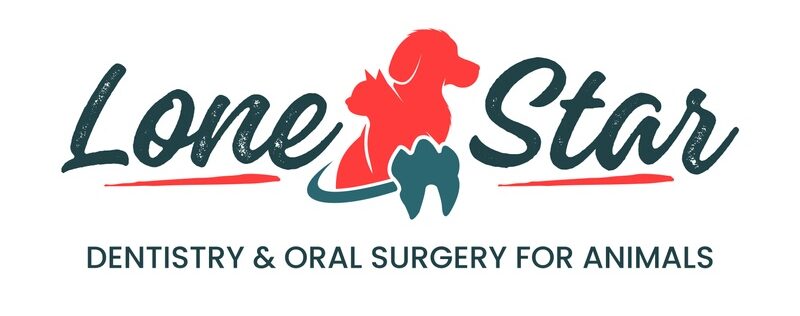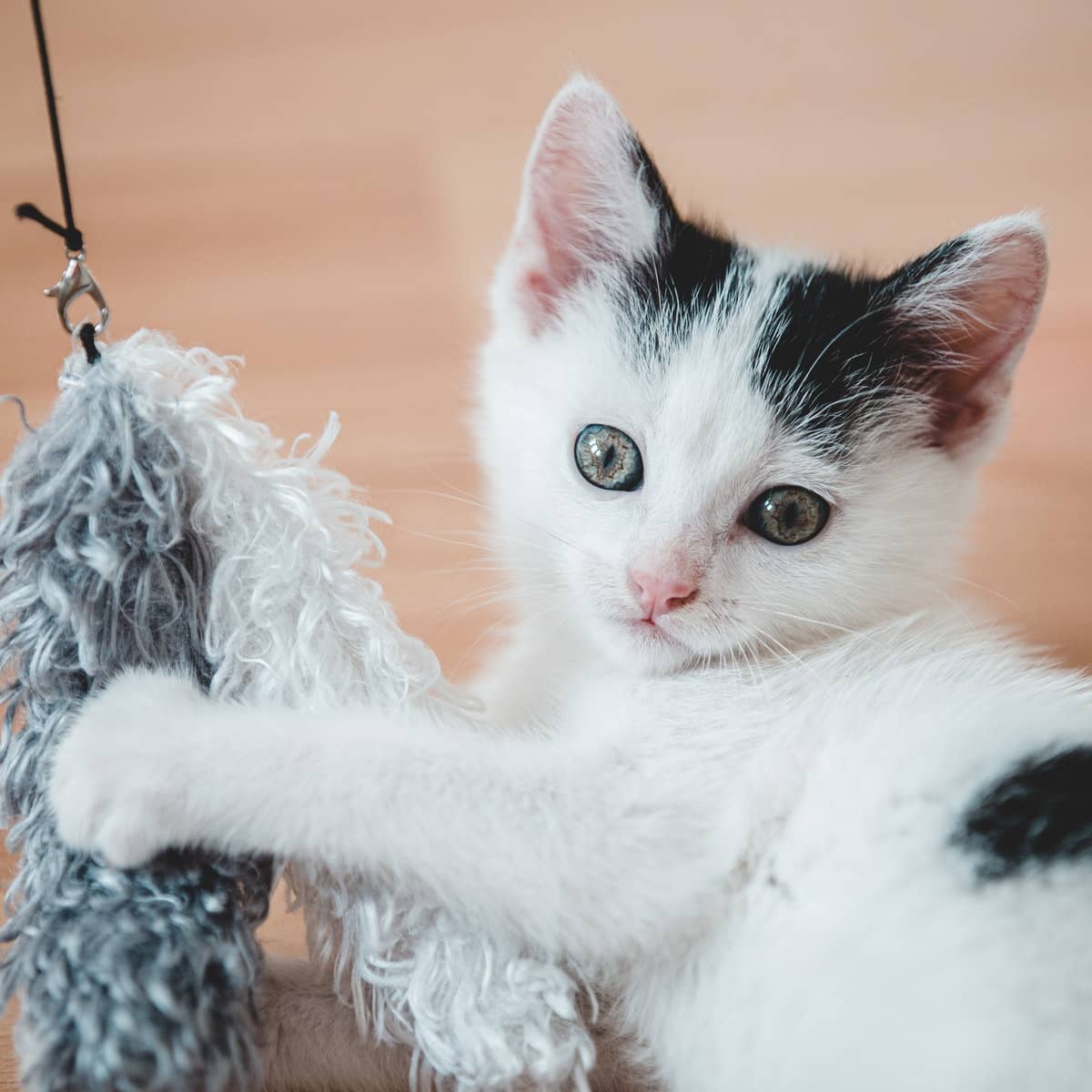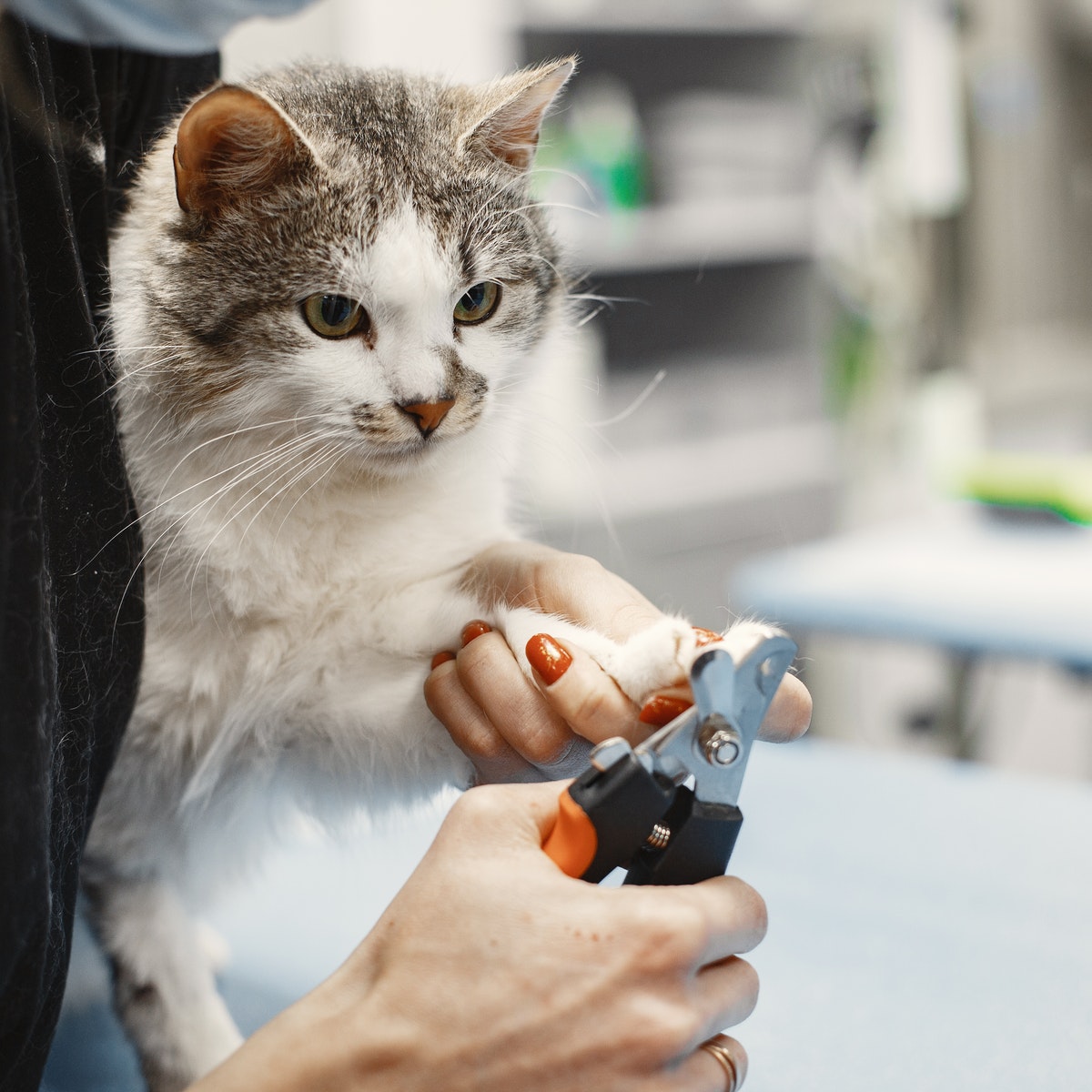Resources
What to Expect with a COHAT
What to Expect with a COHAT
Comprehensive Oral Health Assessment and Treatment, or COHAT, is a dental procedure performed under anesthesia which includes an exam and evaluation by the doctor, dental photos and radiographs, charting, complete dental cleaning, polishing, fluoride treatment, and any additional treatments deemed necessary by the doctor and agreed upon by you, the owner.
On the day of the COHAT procedure, your pet will be admitted in the morning. Arrival is between 7:00 and 7:15 AM. Your pet should be fasted, no food or water the night before by 10pm or bedtime and no food or water the day of the procedure. Once all contact numbers have been obtained and you have reviewed/signed the consent form, you will leave your pet with us for the remaining day. Pets are assigned their order status by the doctor upon admittance. Priority is given to those patients that have a higher anesthetic risk.
The next step is assigning and preparing your pet’s surgery station and obtaining appropriate medications. Our staff will begin the process of setting up anesthetic monitors and surgical instruments necessary for your pet’s procedure. We will then calculate the necessary pre-medications, pain medications and anesthetic agents as prescribed by our doctor. Once the surgery station has been prepared, we will then place an IV catheter. This is essential in maintaining IV fluid therapy throughout the duration of your pet’s procedure. It is also beneficial for us to administer necessary medications as needed.
Injectable pre-medications are administered prior to general anesthesia. These provide pain control, cardiovascular support, and help to relax your pet. Once under anesthesia, vital signs are monitored, and IV fluid therapy is started. Your pet is then continually monitored throughout the entire process.
During the recovery process, our staff member will slowly bring your pet out of anesthesia and monitor your pet’s progress in recovery. Once completely awake, the doctor will then call you with an update and potential discharge time. This telephone call is usually made early or mid-afternoon.
A full report is sent home with you along with copies of photos and radiographs that were obtained. This report is also sent to your primary care veterinarian for your pet’s patient file.
A follow up call the next day is made to check on your pet’s recovery progress.
Certain procedures may require follow up visits to ensure your pet’s surgical site(s) have healed. These visits are complimentary and may actually require more than one visit.
Based on the treatment outcome, your pet is placed in our reminder system for subsequent examinations and/or cleanings under general anesthesia. These typically take place a year from the time of the procedure, sometimes sooner in cases of advanced stages of periodontal disease or other chronic conditions.



